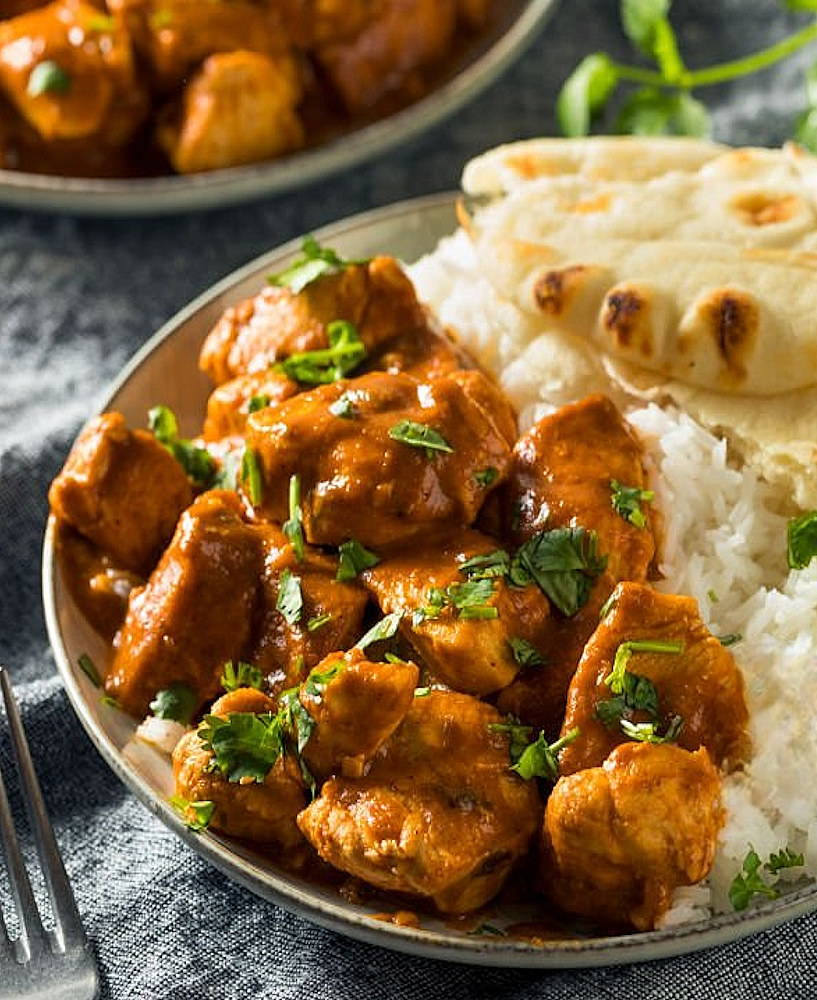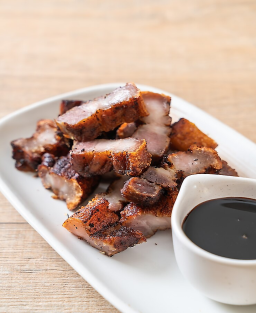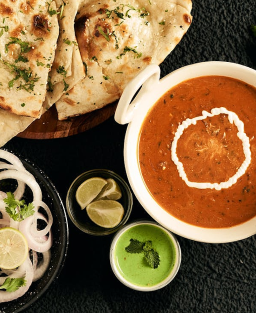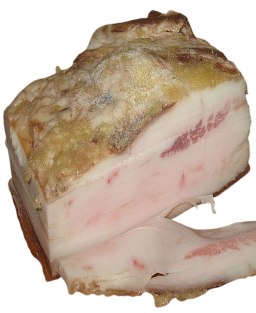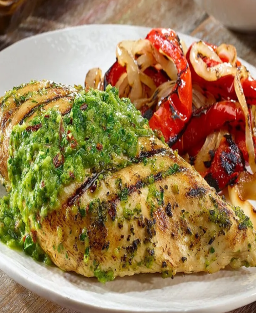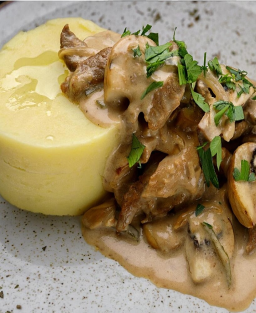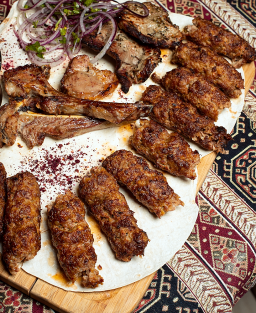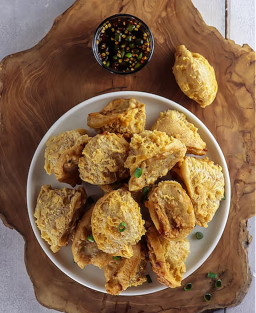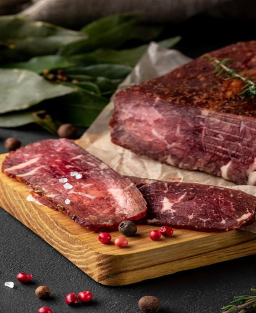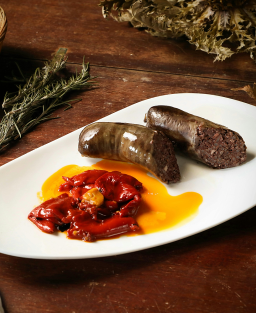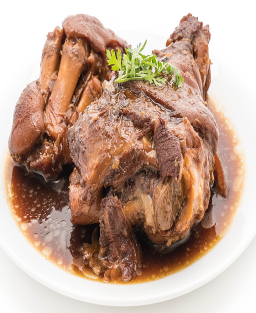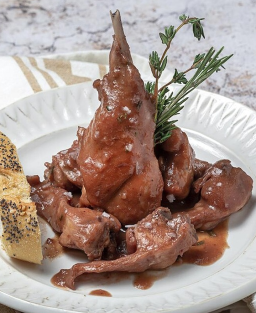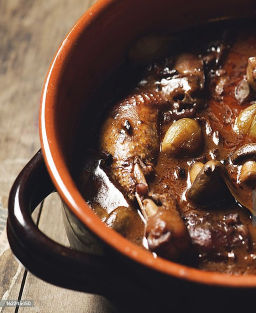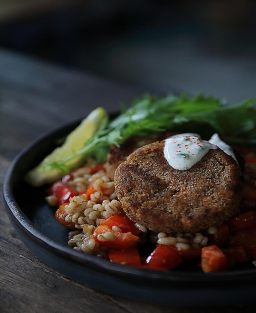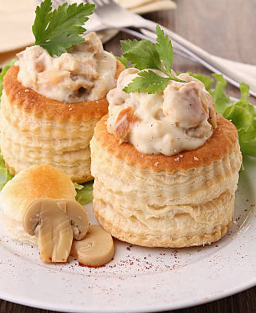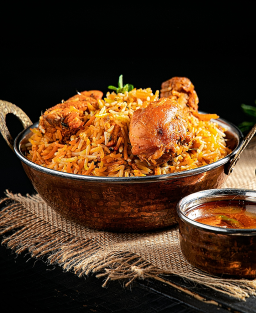Chicken Tikka Masala: History, Legend, Authentic Recipe, and Variations of an Anglo-Indian Classic
Chicken Tikka Masala: History, Legend, Authentic Recipe, and Variations of an Anglo-Indian Classic
Origin and History
The word "Tikka" comes from the Persian tikke (تکه), meaning "piece" — here referring to pieces of marinated and grilled chicken.
The word "Masala" means "spice blend" in Hindi and Urdu.
Chicken Tikka Masala is not a traditional Indian dish but a creation born in the United Kingdom during the 1960s-1970s, amid significant South Asian immigration. It results from adapting chicken tikka (grilled in a tandoor) to Western tastes by adding a mild, creamy, tomato-based sauce.
Popular Legend
According to a widely circulated story, a Scottish customer requested chicken tikka "with sauce," finding it too dry. The chef supposedly improvised a sauce made from cream, tomatoes, and spices. This tale, set in Glasgow, is plausible but unverified.
Historical Truth
This dish is the product of fusion cuisine, blending traditional Indian techniques with British preferences. It later spread worldwide — including back to India, where it has been recognized and reinterpreted.
Regional Variants and Adaptations
In India (North):
-
Spicier, more complex sauce
-
Often prepared with ghee (clarified butter)
-
Sometimes no cream, replaced by cashews or yogurt
In the UK (curry house version):
-
Mild tomato-cream sauce, sometimes slightly sweet
-
Rounded flavor, mild heat
-
Color often enhanced with paprika or red food coloring
Vegetarian version: Paneer Tikka Masala
-
Chicken replaced by paneer (fresh Indian cheese), grilled and then incorporated into the sauce
Modern Variants:
-
Substitutions with tofu, seitan, or fish
-
Quick versions using commercial sauces (less authentic)
Cultural Conclusion
Chicken Tikka Masala has become an iconic dish of the United Kingdom, sometimes called the "British national dish," alongside fish and chips. It perfectly illustrates how world cuisines transform, hybridize, and travel according to cultures and local tastes.
Is the Chicken Tikka Masala Recipe Codified?
There is no official codification (neither in India nor the UK) of Chicken Tikka Masala.
However, a standardized version has emerged in British restaurants: grilled chicken tikka with a creamy tomato-based sauce flavored with mild spices.
In 2009, British MPs tried to recognize this dish as a traditional Scottish specialty, without success.
Thus, it is sometimes described as a recipe "codified" by common usage, widely reproduced in curry houses and some professional cookbooks, without legal protection.
Traditional Chicken Tikka Masala Recipe
Ingredients
For the marinade:
-
600 g chicken breast, cut into cubes
-
150 g plain yogurt (preferably Greek or whole milk)
-
2 garlic cloves, grated
-
1 tbsp fresh grated ginger
-
1 tsp garam masala
-
1 tsp turmeric
-
1 tsp ground cumin
-
½ tsp chili powder (Kashmiri or mild paprika)
-
1 tsp salt
-
1 tbsp lemon juice
For the masala sauce:
-
2 tbsp ghee or neutral oil
-
1 onion, finely chopped
-
2 garlic cloves, chopped
-
1 tbsp grated ginger
-
1 tsp garam masala
-
1 tsp ground coriander
-
½ tsp ground cumin
-
1 can (400 g) crushed tomatoes
-
100 ml cream (or coconut cream for a lactose-free version)
-
Salt and sugar to taste
-
Fresh chopped coriander (cilantro) for garnish
Preparation
Marinade (minimum 4 hours, ideally overnight)
Mix all marinade ingredients. Add chicken pieces, coat well, cover, and marinate in the refrigerator.
Cook the chicken
Grill the pieces in the oven (grill at 220 °C for 15–20 minutes) or in a pan. The pieces should be well browned, even slightly charred at the edges for a smoky flavor.
Prepare the sauce
In a large pan, sauté the onion in ghee until caramelized. Add garlic, ginger, and spices. Toast for 1–2 minutes. Add tomatoes and simmer for 10–15 minutes. Stir in the cream, adjust seasoning with salt and sugar as needed.
Combine chicken and sauce
Add the grilled chicken to the sauce, simmer gently for another 10 minutes. Sprinkle fresh coriander before serving.
Traditional Accompaniments
-
Plain basmati rice
-
Naan (Indian tandoori bread)
-
Pickles, chutneys, or raita (herb- or cucumber-flavored yogurt)











